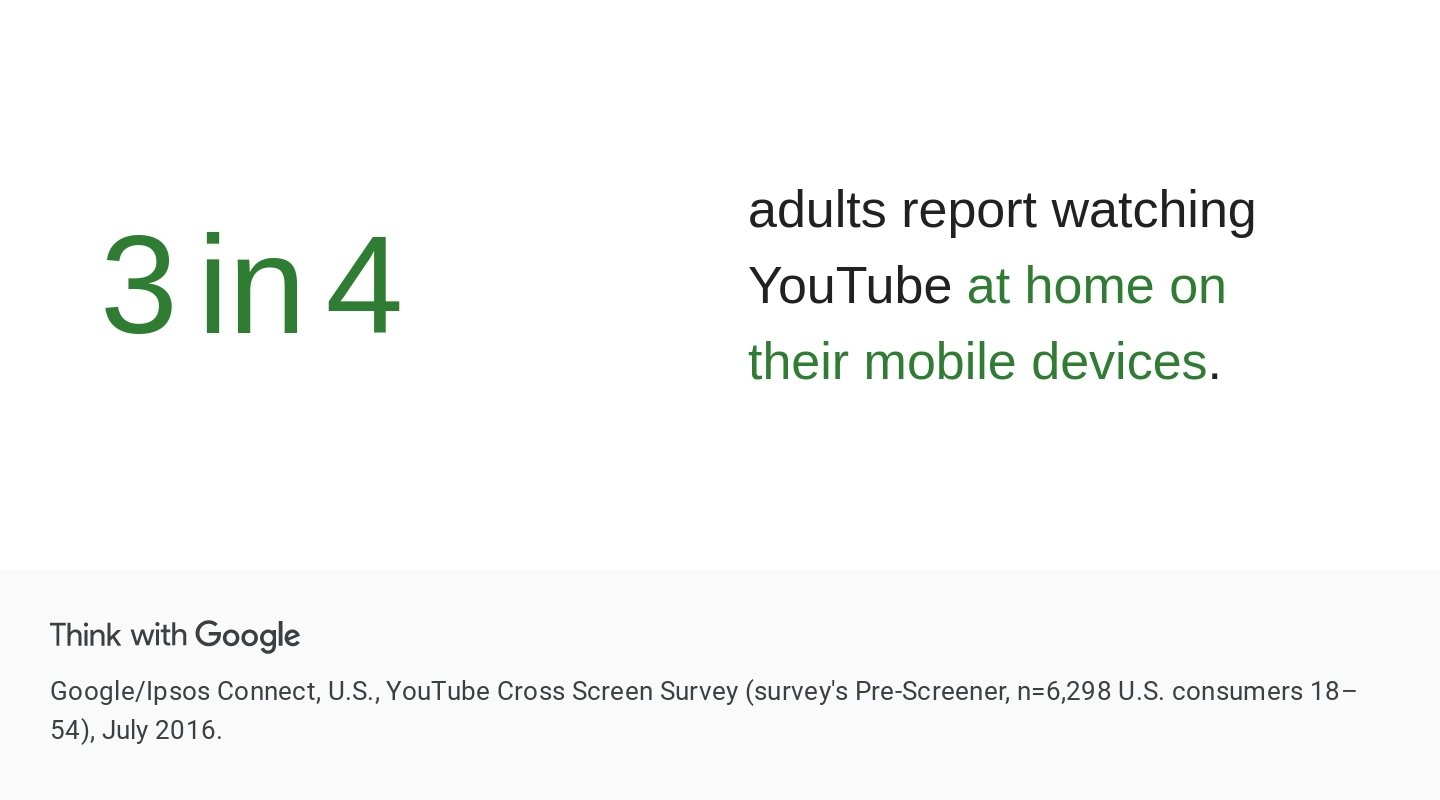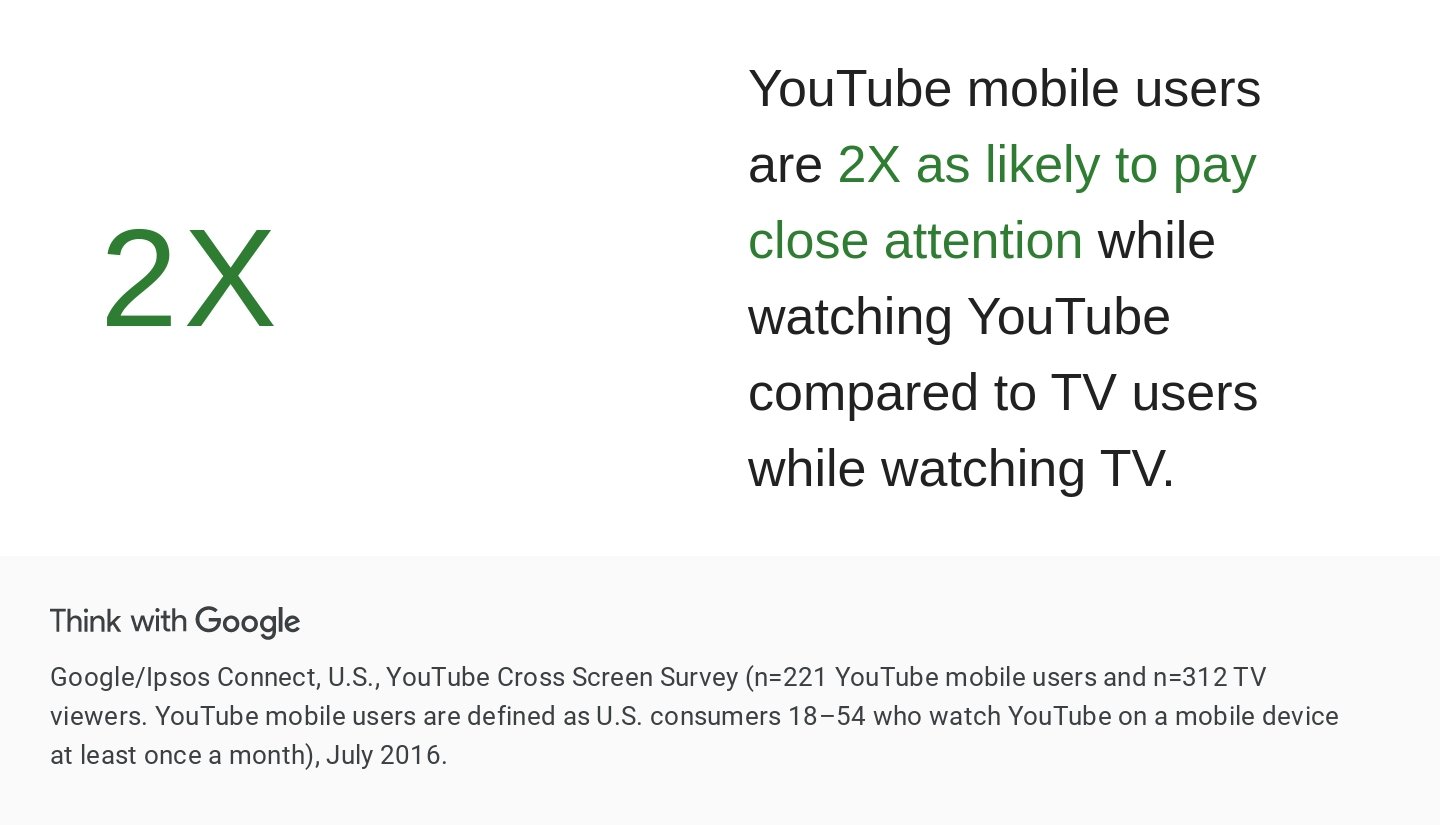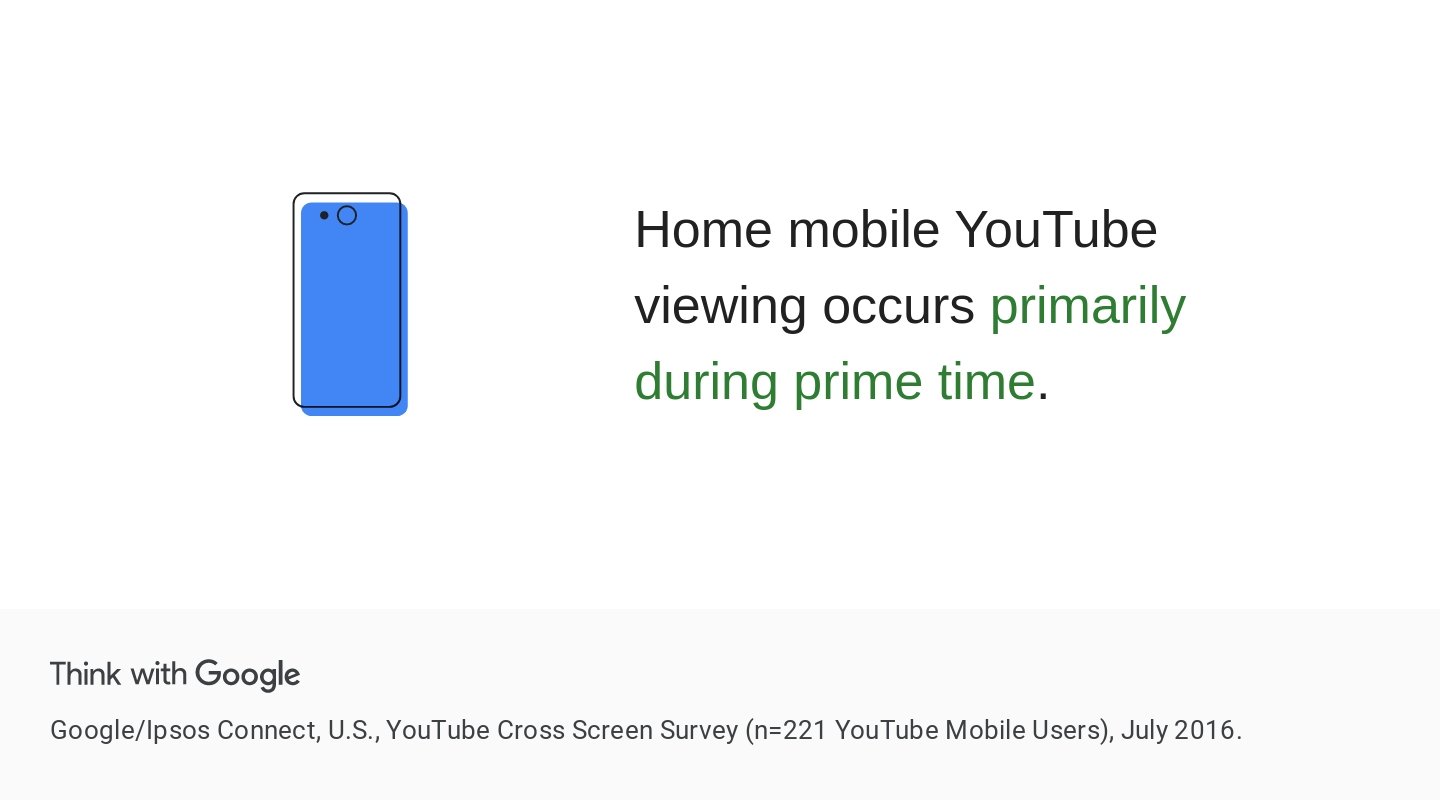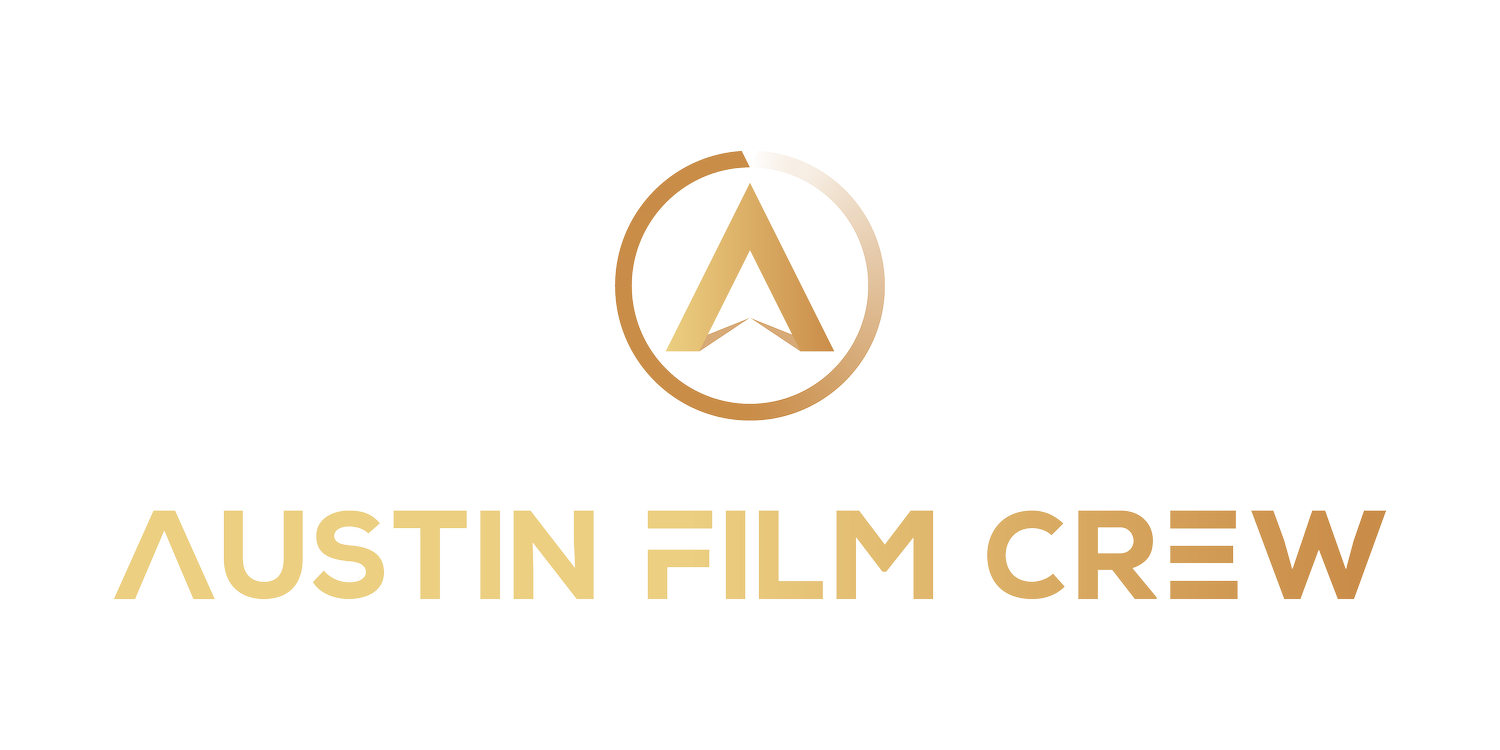Have you recently been scrolling through Instagram just to be annoyed at what you’re seeing on your feed? Promptly closing down the app….only to open it 15 minutes later? Maybe even less? Maybe it was seeing the latest lip-sync trend for the 177th time or another targeted ad that you mentioned in conversation a week ago and now magically is right in front of you on your screen.
It's exhausting getting sold to all day, everywhere you go, no matter where you look. Billboards, radio ads, commercials; we adapted and began to pay for streaming services to get the channels we really care about - victory! Then they started adding commercials to the streaming services and introduced an “ad free experience” for an additional fee…on top of the cost we’re paying to stream the service to begin with? I’ll save that rant for a different blog.
Today is about you - yes, YOU.
Social media has become an integral part of our lives. We turn to it to keep in touch with family and friends, to stay informed about the world, and to find inspiration. But the very thing social media so appealing in the first place is now threatening to ruin it: the constant stream of copycat content and boring ads. It was only a matter of time before this transferred over to social media, naturally as an advertiser the best place to promote your product is where your consumers are hanging out. I’m not talking about ads in general, I’m talking about the cookie-cutter-copy-cat ads and trends with 0 creativity.
Scroll through your feed, and you'll see the same memes, the same challenges, the same dances, lip-syncs, and filters over and over again. It's easy to understand why people are getting fed up with it all. But how did we get here? And what can we do about it?
Why Consumers Moved Away from Commercials (Hint: All of the Ads)
When I was younger I was told “to understand the present to look to the past”, so that’s exactly what we’ll do. 30 years ago, television was one of the most dominant mediums for advertising (with print and radio fading away). Companies would create commercials to sell their products, and viewers had no choice but to sit through them. But as technology advanced and people gained more control over what they watched, they began to push back against commercials. They didn't want to be interrupted by ads every few minutes, especially when they were paying for cable or satellite TV.
Thinking back to ads, sure there were some that stood out, but you can lump them into categories pretty easily. A chewing gum ad could easily be put into its own bin, with toothpaste ads right next to it, while Truck commercials have a very distinctive voice (which actually hasn’t changed much in 30 years either). Even 30 years ago, advertising within each niche didn’t have very specific voices, but there were only a handful of players - not tens of thousands of people creating the same ad. More on this later. Orbit gum would make a funny ad then Crest would take that idea and change it up just a little bit, and this happened in each of the categories.
So, companies had to get creative. They started producing ads that were more entertaining and less intrusive. They sponsored events and created branded content. They even started collaborating with celebrities and influencers. All of these tactics were designed to make people eager to engage with their brand, rather than just tolerate it.




How is this related to Social Media?
It’s only natural that the same principles have carried over to social media. People don't want to see the same old ads over and over again. They want to be entertained, inspired, and connected. They want something creative. So we moved away from our big screen and moved to our second-screen.
We grew tired of watching 7 minutes of tv and then 4 minutes of commercials just to get through one episode of a tv show. We needed something else, a place that didn’t judge, a place that wasn’t highly produced.
Enter social media. Platforms like MySpace, Friendster, and LiveJournal allowed people to connect with each other online, but they were clunky and difficult to use. Then, in 2004, Facebook launched and changed everything.
Facebook was initially limited to college students, but it quickly expanded to include everyone. It was simple, intuitive, and addictive. People could share photos, status updates, and messages with their friends, and they could join groups and events to connect with like-minded individuals. The key word here is “connect”, which is why it grew so rapidly. Had Facebook started as a place for advertisements to capture viewers, it wouldn’t have grown to such popularity but if you scroll through your feed now the majority of your posts are trying to sell you something; whether you know it or not.
Vine tried to break this cycle. I say that because it was one of the first places that seemed authentic, and focused on endlessly entertaining short-form content. Released in 2013, Vine had a 6-second limit on how long your video could be, you couldn’t upload videos to it so you had to create within the app, and it allowed users to be creative and capture funny moments.
But Vine's success was short-lived. In 2016, Twitter announced that it was shutting down the app. By that point, many Vine stars had already migrated to Instagram, which had added a video feature of its own. Instagram's video feature was more flexible than Vine's, allowing users to create videos up to one minute long and to edit them with filters and music.
Other platforms soon followed, each with its own unique features and audience. Twitter allowed people to share short, snappy updates with the world. Instagram made it easy to share beautiful photos and videos. Snapchat introduced ephemeral messaging and filters. And so on.
Vine's demise was a stark reminder that social media is constantly evolving. What's popular today might not be popular tomorrow. That's why it's so important to be creative and innovative. If you're just copying what everyone else is doing, already behind the curve.
Your chance to make a difference
Television commercials didn’t always have a unique voice, but that was when there were only a handful of players producing content for these ads. Now, with Instagram and TikTok competing for your attention there are hundreds of thousands of content creators all over the world contributing to that uniform voice; submitting their take on the latest trend. This isn’t the problem, although it might sound like I’m pointing a finger at trending audio.
The problem is that we’ve shifted from posting content that made us happy, that reflected who we are as people/businesses, that contributes a piece of original content to the world to a world where we’re posting with the hope of gaining a few more followers each time and going viral. A selfish post instead of a selfless contribution.
Now that I’m done ranting, here’s where I eat my words just a little bit. If you’re an individual or a brand looking to gain followers, making lip-sync videos or partaking in the current Reels trend is a great way to get on the discover page and in front of a new audience. That being said, make sure you’re whole page isn’t only trends, dances, and lip-synced videos - your viewers want to see YOU.
A good ratio of posting trending/copy content vs original content is 40/60.
Social media is an incredible tool for connecting with people and sharing your ideas with the world. But it's only as good as the content that people create. If we want social media to continue to be a vibrant, engaging space, we need to stop copying and start creating. We need to push the boundaries, take risks, and be true to ourselves. So the next time you're tempted to post the same tired meme or challenge that's been making the rounds for weeks, ask yourself: is this really the best I can do?

